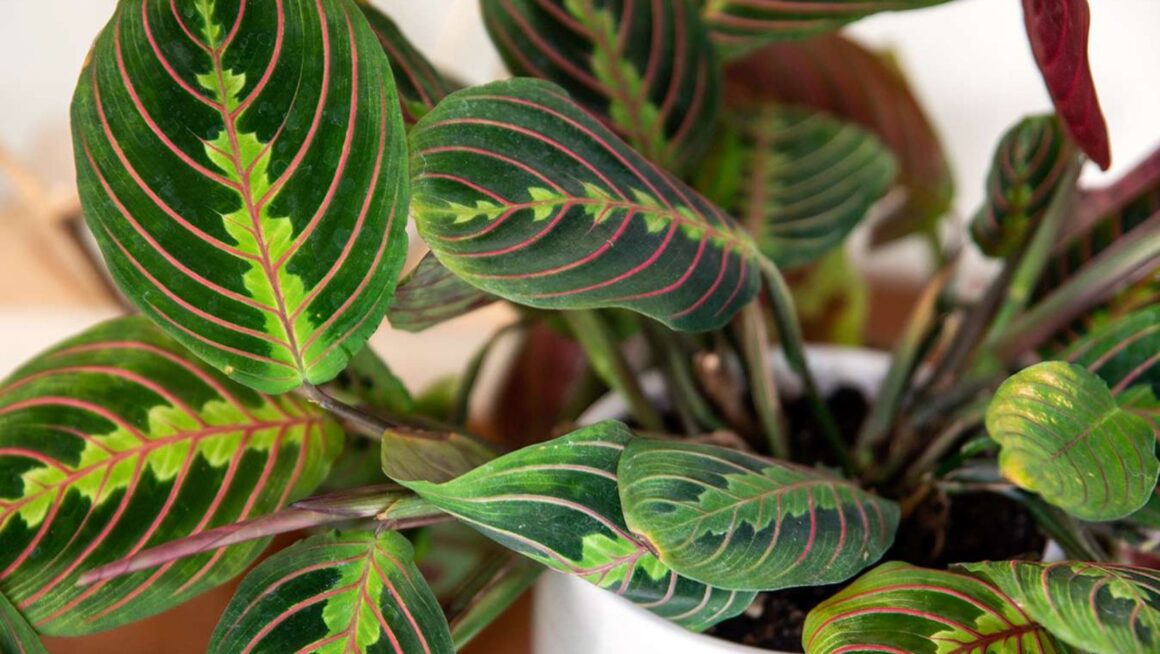Prayer Plant Care
As an expert in plant care, I’ll delve into the world of prayer plant care. The prayer plant, known for its striking foliage and unique 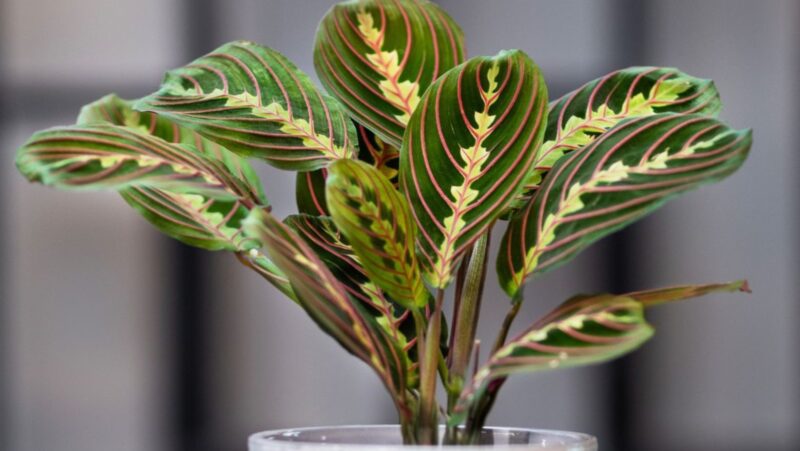 characteristics, requires specific attention to thrive indoors. Understanding its preferred conditions is essential for keeping this plant healthy and vibrant.
characteristics, requires specific attention to thrive indoors. Understanding its preferred conditions is essential for keeping this plant healthy and vibrant.
When it comes to caring for a prayer plant care, factors like light, water, humidity, and soil quality play crucial roles. Finding the right balance in these areas can make all the difference in maintaining optimal health for your prayer plant. From proper watering techniques to providing adequate humidity levels, every aspect of care contributes to the overall well-being of this captivating plant.
Throughout this article, I’ll share valuable insights and practical tips on how to care for a prayer plant effectively. By following these guidelines and implementing best practices tailored to your indoor environment, you can enjoy the beauty of a thriving prayer plant in your home or workspace. Let’s explore the fascinating world of prayer plants together!
Understanding the Prayer Plant
To truly grasp the essence of caring for a prayer plant, understanding its unique characteristics is key. The Prayer Plant, scientifically known as Maranta leuconeura, derives its name from its distinctive habit of folding its leaves upwards at night, resembling hands in prayer. This 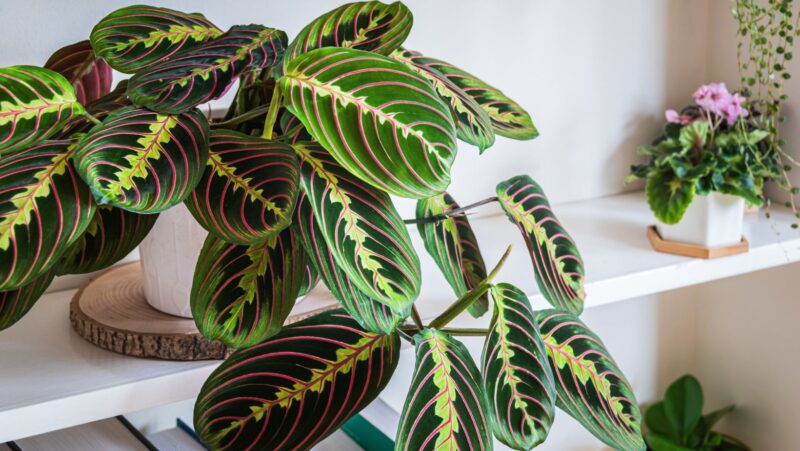 behavior is attributed to a circadian rhythm called nyctinasty, where the plant’s leaves respond to light changes by moving.
behavior is attributed to a circadian rhythm called nyctinasty, where the plant’s leaves respond to light changes by moving.
When it comes to aesthetics, the Prayer Plant boasts vibrant green leaves adorned with intricate patterns of contrasting colors, making it a popular choice for indoor plant enthusiasts seeking a touch of exotic beauty. Its foliage not only adds visual appeal but also serves as a natural humidifier, contributing to improved air quality within indoor spaces.
In terms of care requirements, providing adequate indirect sunlight and maintaining consistent moisture levels in well-draining soil are crucial for the optimal growth of this tropical plant. Additionally, regular misting can help replicate its native humid environment, promoting healthy leaf development and preventing browning or curling.
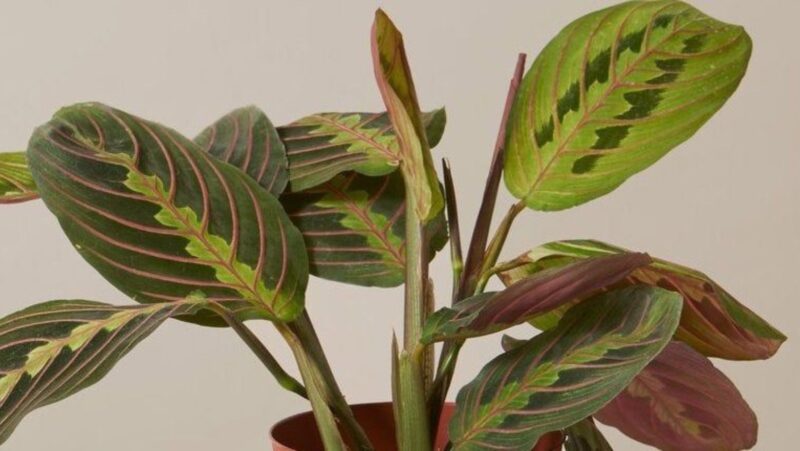 As an owner of a Prayer Plant, observing its daily movements can foster a deeper connection with nature and evoke a sense of mindfulness in nurturing another living being. Embracing the uniqueness of this botanical wonder can bring joy and tranquility to any indoor setting while honing one’s skills in cultivating plants that thrive on gentle care and attention.
As an owner of a Prayer Plant, observing its daily movements can foster a deeper connection with nature and evoke a sense of mindfulness in nurturing another living being. Embracing the uniqueness of this botanical wonder can bring joy and tranquility to any indoor setting while honing one’s skills in cultivating plants that thrive on gentle care and attention.
Diving into the world of prayer plant care opens up a realm where horticulture meets spirituality, offering enriching experiences that go beyond mere gardening. By delving into the intricacies of this fascinating plant species, individuals embark on a journey filled with learning opportunities and moments of awe at nature’s innate beauty and resilience.
Essentials for Successful Prayer Plant Care
When it comes to successful Prayer Plant care, there are several key essentials to keep in mind. By understanding these crucial factors, you’ll be well on your way to nurturing healthy and thriving Prayer Plants in your home. Here are some essential tips to guide you:
1. Proper Lighting: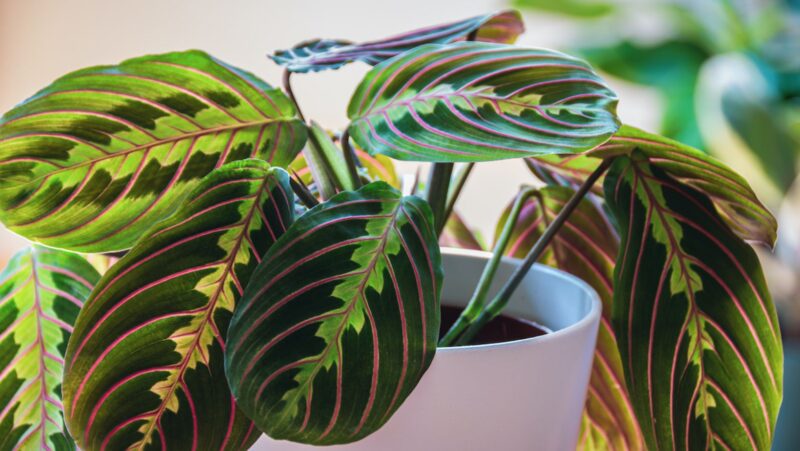
- Prayer Plants thrive in indirect light conditions.
- Avoid exposing them to direct sunlight, as this can lead to leaf damage.
- Consider placing your plant near a window with sheer curtains for filtered light.
2. Adequate Watering:
- Keep the soil of your Prayer Plant consistently moist but not waterlogged.
- Allow the top layer of soil to dry slightly between waterings.
- Use room temperature water and aim to water the plant at its base to prevent leaf rot.
3.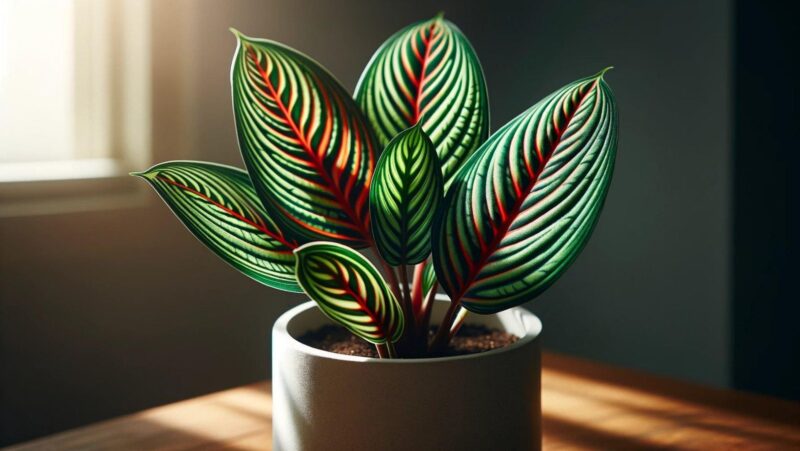 Humidity and Temperature:
Humidity and Temperature:
- Maintain a warm, humid environment for optimal growth.
- Mist the leaves regularly or use a humidity tray to provide ample moisture.
- Ideal temperatures range from 65°F to 80°F (18°C – 27°C).
4. Fertilization and Soil:
- Feed your Prayer Plant with a balanced liquid fertilizer every 4-6 weeks during the growing season.
- Opt for a well-draining potting mix rich in organic matter like peat moss or perlite.
By following these essential guidelines, you’ll create an ideal environment for your Prayer Plant’s health and vitality. Remember that each plant is unique, so observe how yours responds and adjust care accordingly. With proper attention and care, your Prayer Plant will reward you with vibrant foliage and graceful beauty!
Common Issues and Troubleshooting
When it comes to caring for prayer plants, encountering issues is not uncommon. Let’s delve into some common problems you may face and how to troubleshoot them effectively.
Yellowing Leaves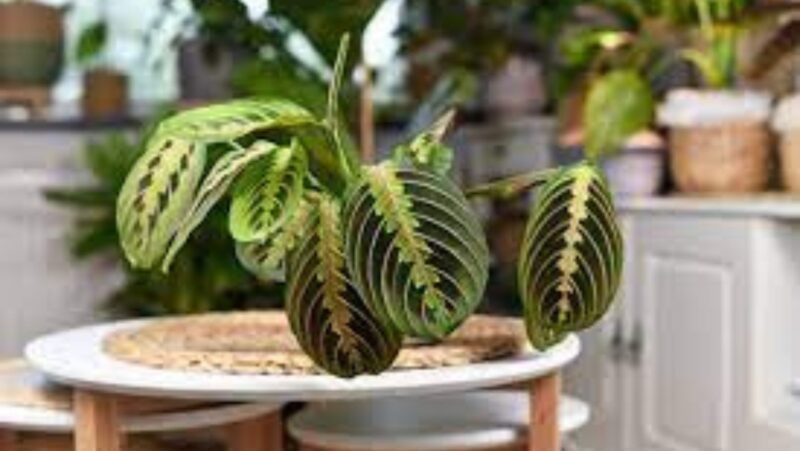
One of the most frequent issues with prayer plants is yellowing leaves. This can be caused by overwatering, underwatering, or inadequate light. To address this problem, ensure you are watering your plant appropriately—always allow the top inch of soil to dry out between waterings. Additionally, consider adjusting the lighting conditions; prayer plants prefer indirect sunlight.
Curling or Wilting Leaves
If you notice your prayer plant’s leaves curling or wilting, it could indicate a lack of humidity in its environment. These plants thrive in moist conditions, so misting the leaves regularly or using a humidifier nearby can help combat this issue. Ensure the plant is also not exposed to drafts or direct heat sources.
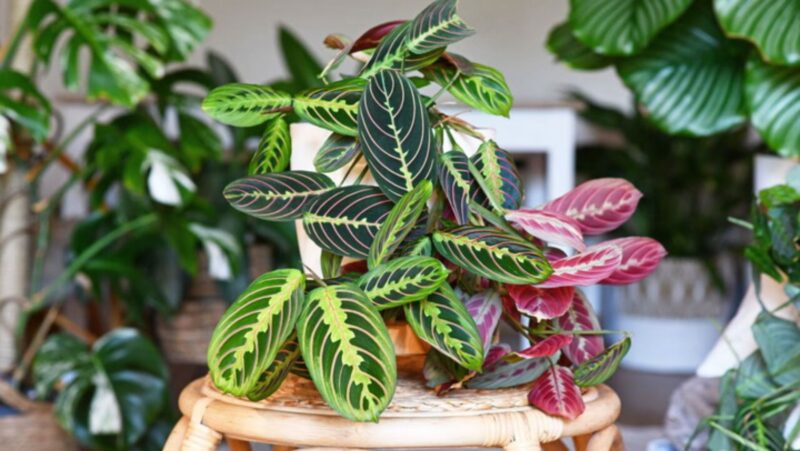 Brown Tips on Leaves
Brown Tips on Leaves
Brown tips on the leaves of your prayer plant are often a sign of low humidity levels or excess salts in the soil. To remedy this, increase humidity by misting the plant or placing a tray of water nearby. When watering, use distilled water if your tap water contains high levels of minerals that can cause salt buildup in the soil.
Slow Growth
If your prayer plant seems to have stalled in growth, it may be due to insufficient nutrients in the soil. Consider fertilizing your plant with a balanced houseplant fertilizer every 4-6 weeks during its growing season (spring and summer). Ensure you follow the instructions on the fertilizer package to avoid overfertilization, which can harm your plant.
Pests Infestation
Another common issue that plagues prayer plants is pests infestation such as spider mites or mealybugs. If you spot any pests on your plant, isolate it immediately to prevent them from spreading to other plants. Treat the infestation by wiping down the leaves with insecticidal soap or neem oil following manufacturer instructions carefully.
Addressing these common issues promptly and accurately will help keep your prayer plant healthy and vibrant. Remember that each plant is unique, so observe its behavior closely and tailor your care routine accordingly for optimal growth and well-being.
Advanced Tips for Thriving Prayer Plants
When it comes to caring for your prayer plants at an advanced level, there are some key strategies that can help you ensure their optimal growth and well-being. Here are some tips that can take your prayer plant care to the next level: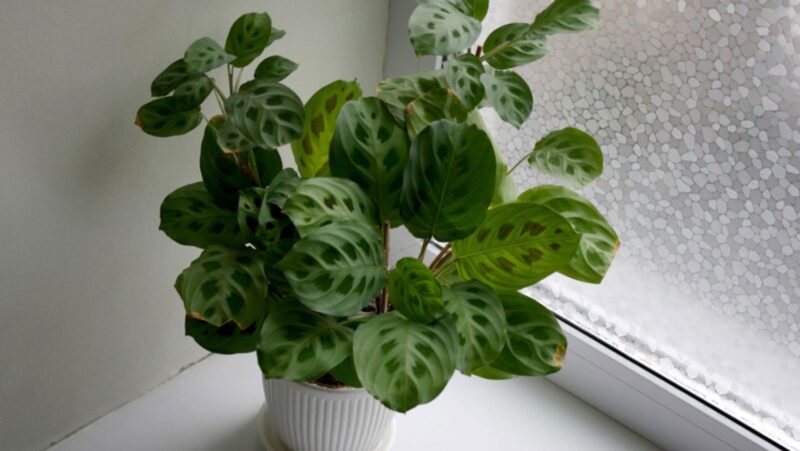
- Temperature and Humidity Control: Ensure your prayer plant is in an environment with consistent temperatures between 65-80°F (18-27°C) during the day and slightly cooler at night. Maintain high humidity levels by misting the plant regularly or using a humidity tray.
- Selective Pruning: Regularly inspect your prayer plant for any yellowing or damaged leaves, and prune them with sterilized scissors to promote new growth. Encourage bushier growth by pinching back leggy stems.
- Fertilization Schedule: Feed your prayer plant with a balanced liquid fertilizer diluted to half strength every 4-6 weeks during the
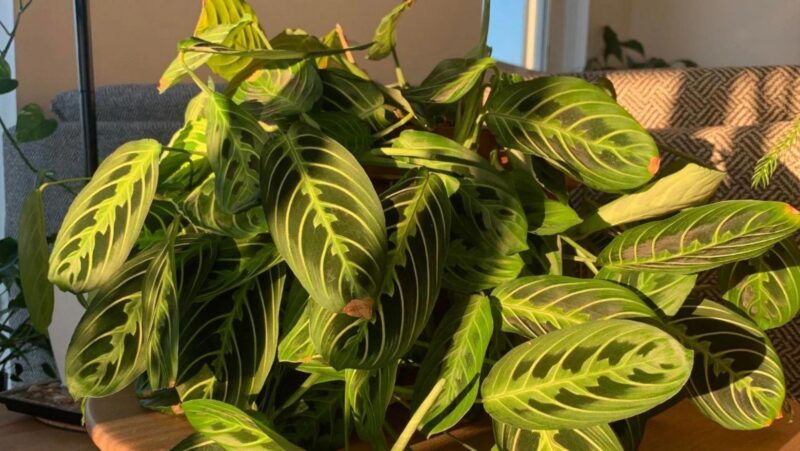 growing season (spring and summer). Reduce feeding frequency during fall and winter when growth slows down.
growing season (spring and summer). Reduce feeding frequency during fall and winter when growth slows down. - Repotting Techniques: Repot your prayer plant every 1-2 years to refresh its soil and provide more space for root growth. Choose a pot that is only slightly larger than the current one to prevent excessive soil moisture retention.
By implementing these advanced tips in caring for your prayer plants, you’ll be better equipped to create an optimal environment for their growth and overall health. Consistent monitoring, proper pruning, appropriate fertilization, and strategic repotting will contribute significantly to the thriving success of your prayer plants.


